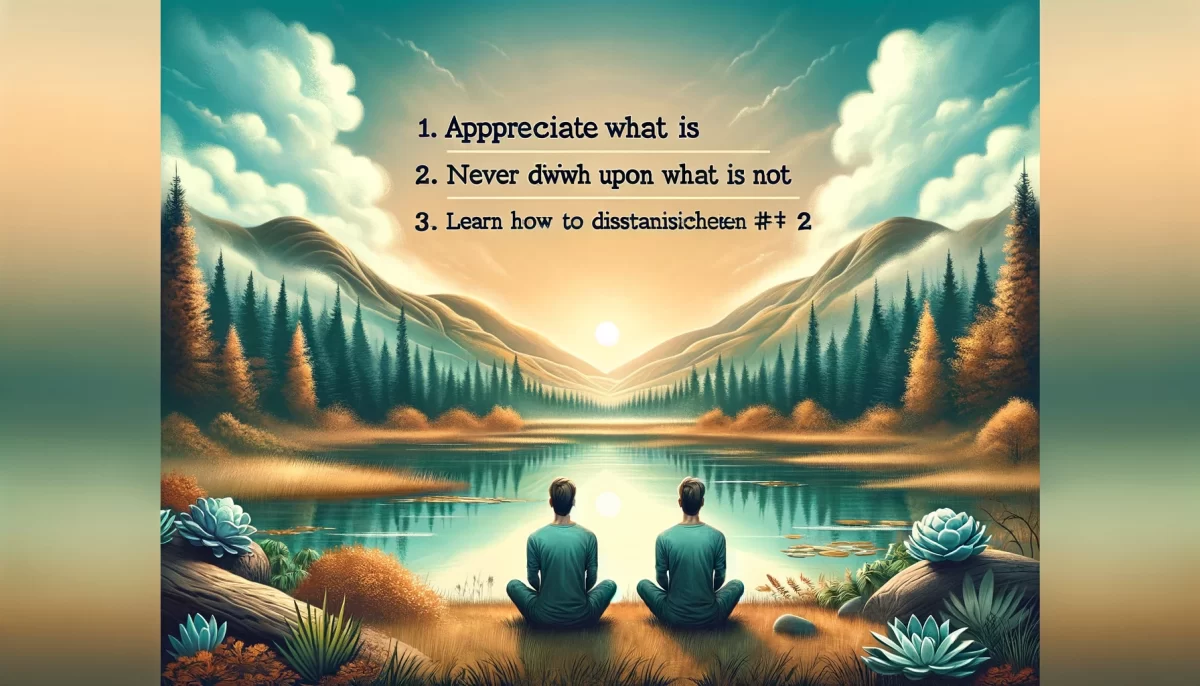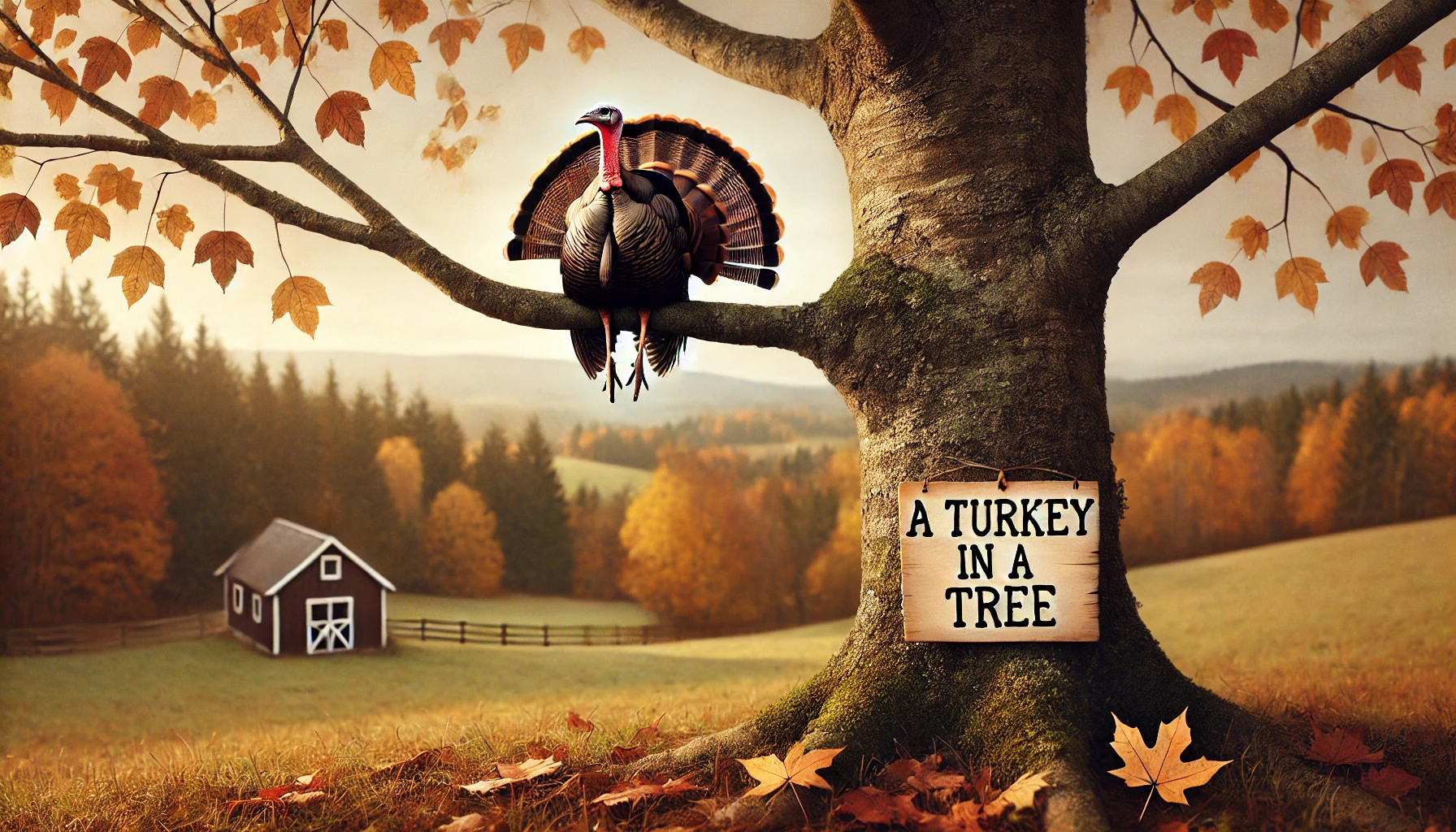My simple rules for living:
1) Appreciate what is.
2) Never dwell upon what is not.
3) Learn how to distinguish between #1 and #2.
2/13
These simple rules for living encapsulate profound principles for cultivating a fulfilling and mindful life. Each rule, though straightforward, carries deep implications for personal growth, happiness, and peace. Let’s delve into the essence and application of each rule to understand how they can transform our approach to life.
1) Appreciate What Is
This rule champions the practice of gratitude and presence. To appreciate what is means to fully engage with the present moment, acknowledging and valuing our current experiences, relationships, and resources. It encourages us to focus on the abundance that surrounds us, rather than fixating on perceived lacks or desires for more. This appreciation fosters a deep sense of contentment and joy, grounding us in the reality of our lives as they are, with all their imperfections and beauty.
Living in Gratitude: Cultivating a daily practice of gratitude can significantly enhance our perception of life. This might involve keeping a gratitude journal, meditating on the things we are thankful for, or simply acknowledging moments of beauty and kindness throughout the day.
2) Never Dwell Upon What Is Not
This rule addresses the human tendency to focus on the absence, the ‘what could have been,’ or the ‘what is lacking.’ Dwelling on what is not creates a state of longing and dissatisfaction, pulling us away from the richness of the present. It is a call to release ourselves from the chains of hypotheticals and counterfactuals, and to liberate our mental and emotional energy towards engaging with the tangible and the real.
Letting Go of Attachment: Learning to let go involves recognizing the impermanence of our experiences and desires. It means understanding that focusing on absences only detracts from our ability to appreciate what we have. Mindfulness practices, such as meditation, can help in cultivating the ability to observe these tendencies without attachment, allowing them to pass without impacting our peace.
3) Learn How to Distinguish Between #1 and #2
The ability to distinguish between appreciating what is and dwelling on what is not is a skill that requires mindfulness and self-awareness. It involves developing a keen sense of observation about our thoughts and emotional reactions, understanding the triggers that lead us to desire or lament, and consciously choosing to redirect our focus towards appreciation and acceptance.
Cultivating Awareness: Enhancing our ability to distinguish between these two states can be achieved through reflective practices such as journaling, meditation, or engaging in thoughtful dialogue with others. These practices encourage introspection and self-inquiry, helping us to identify and shift our patterns of thought and behavior towards a more grounded and grateful way of living.
Summary
These simple rules for living offer a powerful framework for cultivating a life of gratitude, presence, and peace. By appreciating what is, refraining from dwelling on what is not, and developing the discernment to navigate between these states, we can enhance our emotional well-being, deepen our connections with others, and live more fully in the richness of each moment. These principles, though simple, challenge us to engage deeply with our lives, encouraging a journey of continuous growth and discovery.
Embracing these rules invites us into a daily practice of mindfulness and gratitude, encouraging us to appreciate the beauty of our lives as they unfold, and to cultivate a deep, enduring sense of peace and fulfillment.




























Leave a Reply